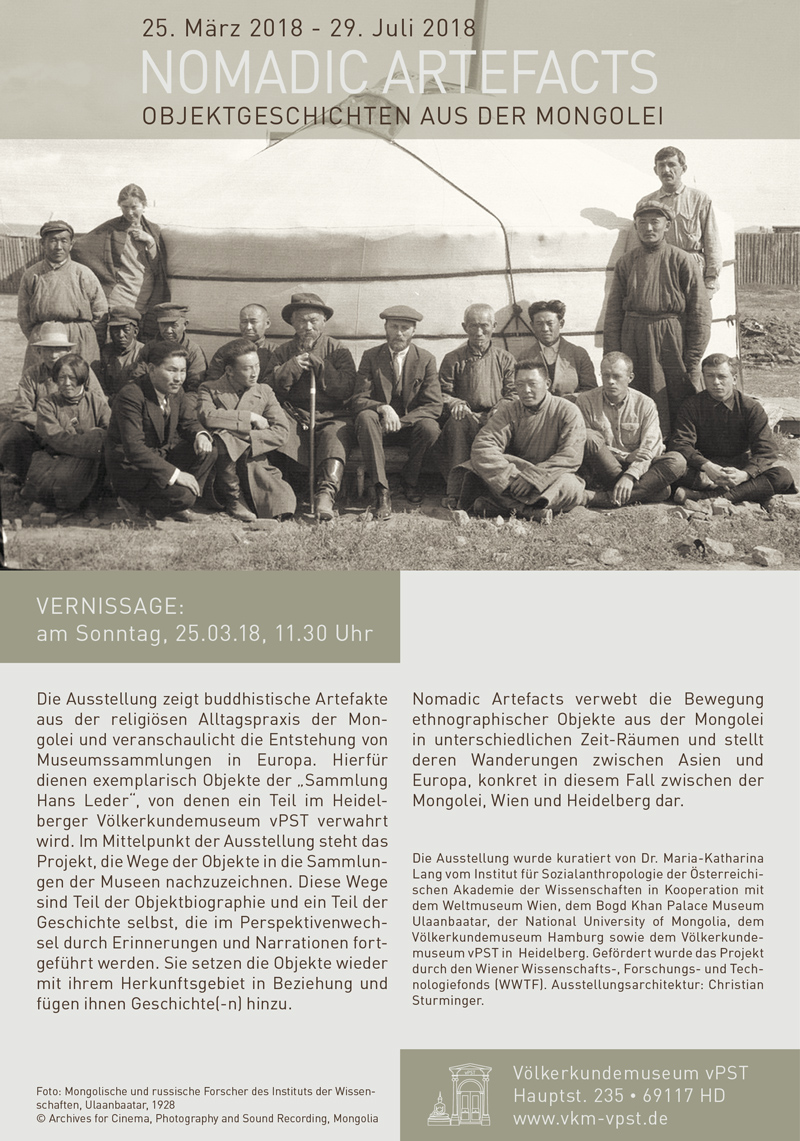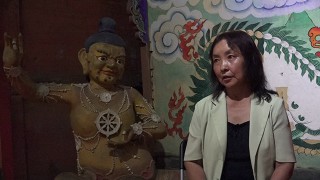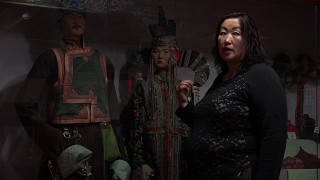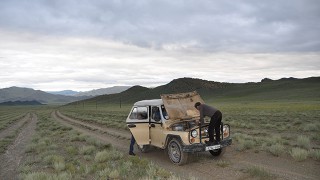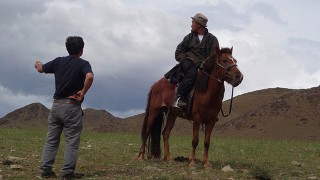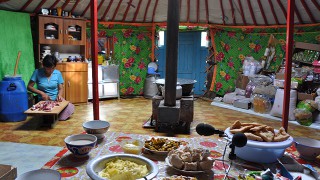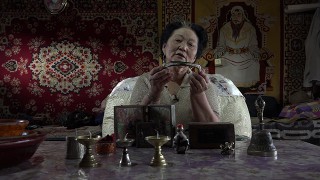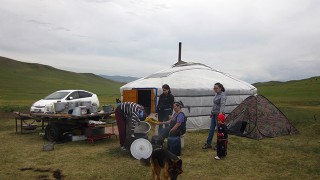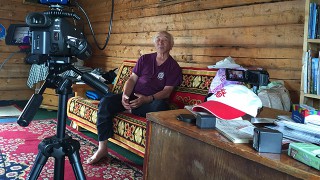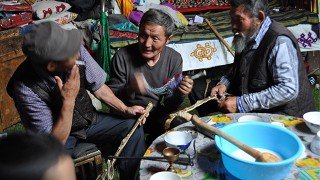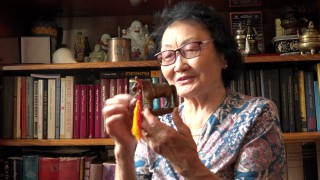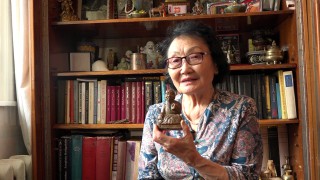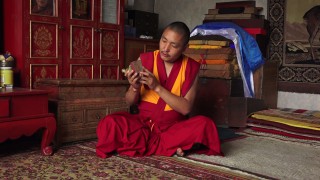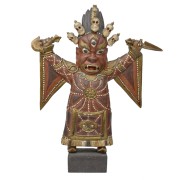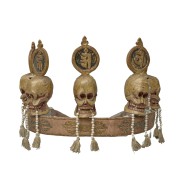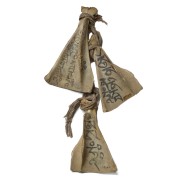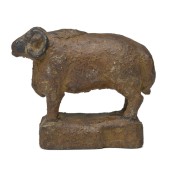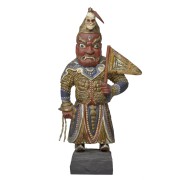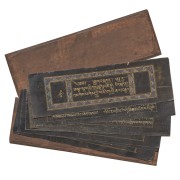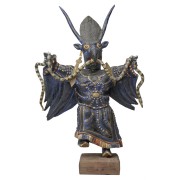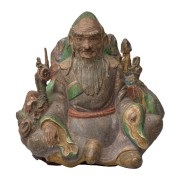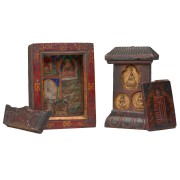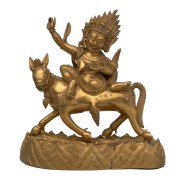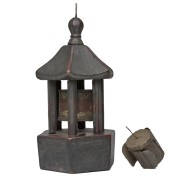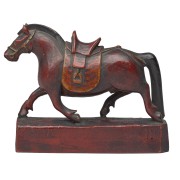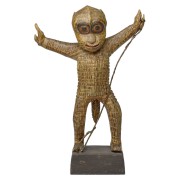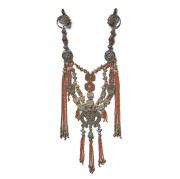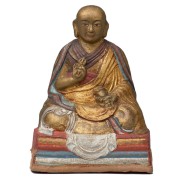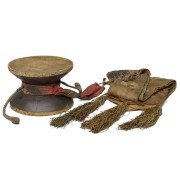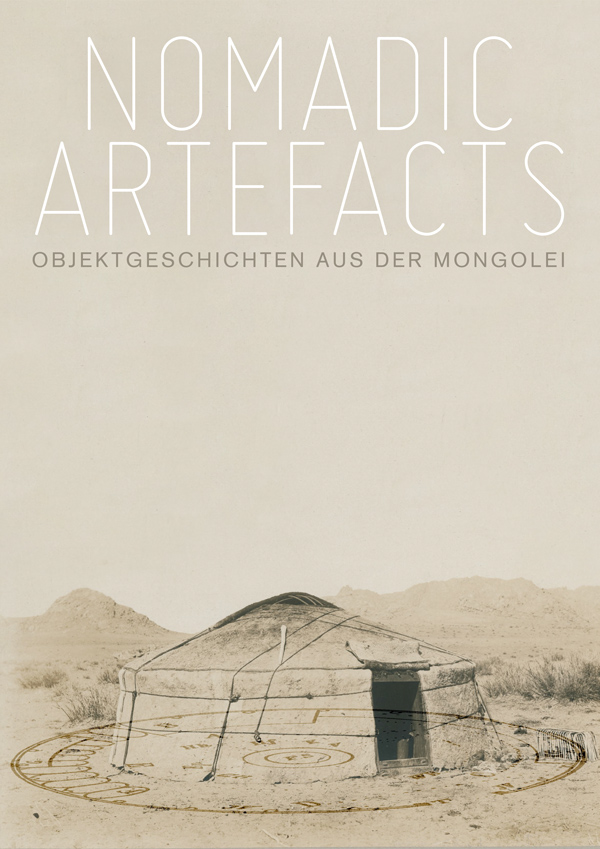


NEWS
THE RESEARCH PROJECT
Museum collections are sometimes regarded as “trésors”. But trésors of what? Of an ambivalent history, of modes of collecting, of the history of cultures, of fragile cultural encounters, or of a (lost) social life of things? Bearing these ambiguities in mind, the research presents frictions, transformations and transitions, assemblages, memories and the efficacy of things related to (ethnographic) museums and collectibles.
The project follows and examines the movements of artefacts, in this case Mongolian ritual objects, through various spatial, socio-political and institutional contexts. The topography and the “knowledge” of these things are interwoven with cultural transfers between Europe and Asia, with Viennese and Mongolian science and museum history and practice, with the impacts of political suppression and democracy processes in Mongolia, and with modes of human-object interactions and the power of things. The research focuses on a collection in the Weltmuseum Wien in relation to public spaces in Mongolia as museums, Buddhist monasteries, public altars and ritual places in the natural landscape as well as private spaces inside yurts. What transformations have these spaces undergone in periods of socio-political transition? The project will continue and intensify the dialogue and transfer of knowledge between Mongolian and Austrian scientists and institutions: processes of transformation within the Weltmuseum Wien here serve as a basis for comparison. A collection from Mongolia housed in the Weltmuseum Wien and collected at the turn of the 19th century by Hans Leder documents the various strands of the objects’ history: the artefacts’ itineraries from public spaces such as public ritual altars in the natural landscape or from the sacred space inside yurts in Mongolia, their complicated transfer to the Viennese and other European ethnographic museums and their “lives” as museum objects. Through these movements their meanings have been changed and new relations and networks created. While similar and comparable objects in Mongolia were not “conserved” in European museums, they were handled differently there. During the purges in the late 1930s religious artefacts had at least to disappear from public space. A few monasteries were spared the destruction and transformed to public museums. The histories and transformations of these museums from their establishment to the present time will be one local focus of research. With the transition to democracy and capitalist market oriented economy new museums have been created.
THE Objects
THE EXHIBITIONS
Nomadic Artefacts attempts to interweave and present the movements of ethnographic objects from Mongolia through various socio-political and institutional spaces. Their transfer between Asia and Europe, Mongolia and Vienna is recorded – it indicates the transnational interweaving of object histories and museums with their mutual relations and influences.
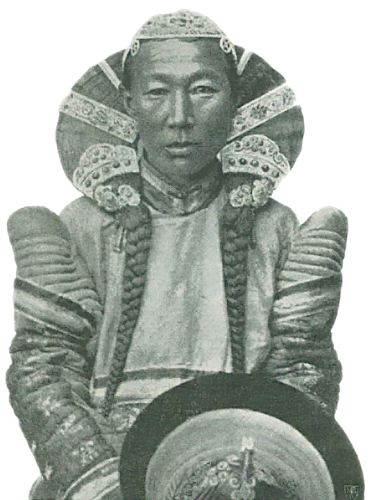
VIENNA EXHIBITION
NOMADIC ARTEFACTS
a scientific artistic travelogue
OPENING: Tuesday, Sep 13 2016, 6:30 pm
Theseus Temple, Volksgarten Vienna
Sep. 14 – Oct. 9 2016
READINGS AND LECTURES
Sep. 27, 2016 6:30 pm
Das Blau des Himmels
Christoph Ransmayr
Reading
Oct. 4, 2016 6:30 pm
Khambo Lama Baasansuren, Abbot of Erdene zuu Monastery
Lecture (Mongolian/English)
In this exhibition, the narrations and recollections on the objects that have been documented in recent years in Mongolia are related to the collection objects in the Weltmuseum Wien and to the knowledge archived there; temples and museums, sometimes sites of origins, a multitude of relations and movements.
The Theseus Temple, a late classical building located in Vienna’s central Volksgarten park, was built between 1819 and 1823 by Peter von Nobile as a miniature copy of the Theseion in Athens. It was intended to be the home for a single work of then-contemporary art: Antonio Canova’s Theseus Slaying the Centaur. For almost 70 years this artwork stood inside the building, until in 1890 it was moved to the newly completed Kunsthistorisches Museum where it still stands today on the museum’s staircase.
ULAANBATAAR EXHIBITION
ARTEFACTS AS LINKS
Retracing Hans Leder
OPENING: Wednesday, Jun 21 2017, 5:00 pm
Bogd Khaan Palace Museum
Khanuul district -15, Zaisan Street, Ulaanbaatar 17032
Jun 21 – Jul 20 2017
Hans Leder’s collections of Mongolian ethnographic artefacts are tangible evidence that enables us to establish a direct link to the past. History, beliefs and individual lives are encoded within these items, which have the capacity to bridge times, borders and spaces.
HAMBURG EXHIBITION
NOMADIC ARTEFACTS
Objektgeschichten aus der Mongolei
OPENING: Wednesday, Sep. 21 2017, 7:00 pm
Museum für Völkerkunde Hamburg
Rothenbaumchaussee 64
20148 Hamburg
Sep. 22 2017 – Jan. 21 2018 extended until Mar. 13 2018
GUIDED TOURS & LECTURES
Sep. 22 2017, 4:30 pm
Nomadic Artefacts
Dr. Maria-Katharina Lang and Tsetsentsolmon Baatarnaran
Guided tour
Dec. 7 2017, 6:00 pm
Invoking Sounds of Mongolian Nomads
Tsetsentsolmon Baatarnaran, National University of Mongolia
Lecture
Jan. 14 2018
Dr. Maria-Katharina Lang
guided tour and lecture
Ethnographic objects occasionally have an erratic character. The nimbus of a diaspora of artefacts reflects itself in it, a fateful, perhaps rescuing transfer that in the early research expeditions and endeavours of the 19th century was merged with looting-type appropriation, the craze for collection and much more.
PUBLICATIONS
The transit passage, the transcontinental transfer of artefacts is like a rite of passage. Everyday items change into ethnographic objects in the course of their process of separation from the related surroundings and face us as such in this category. In the period of transfer they appear as nomads of history, as part of which they come into the scribbling pads or notebooks of collectors, researchers and museums.
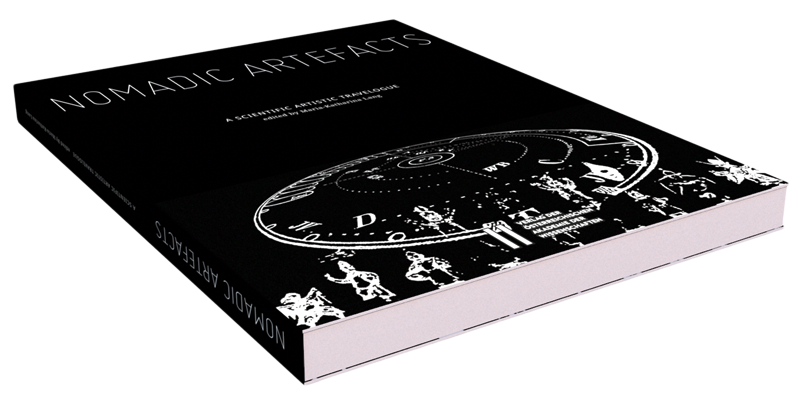
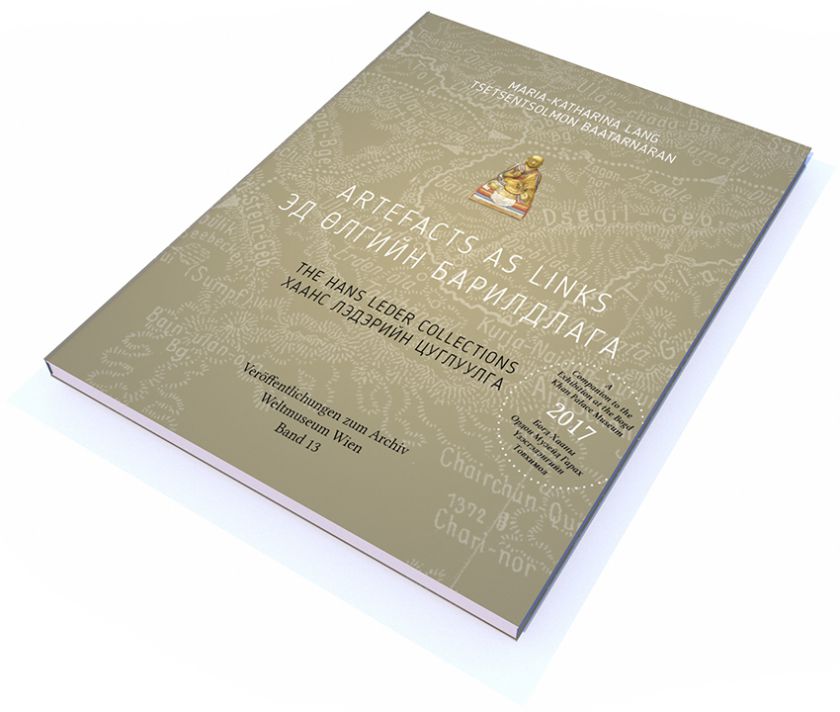
Lang, Maria-Katharina, Tsetsentsolmon Baatarnaran (ed.) 2017
Artefacts As Links
The Hans Leder Collections
Compagnion to the exhibition in the Bogd Khan Palace Museum, 2017
Paperback, 18,2 x 15 cm, 116 pages
Veröffentlichungen zum Archiv. Weltmuseum Wien, Band 13
One main aim of the research on Hans Leder and his ethnographic collections was to establish a first documentation and general view of the collections as a whole. In this way, once divided object groups were reunited in a publication, virtually on a database and homepage, and in museum exhibitions. Furthermore, Leder’s historic route was retraced through field research and the places he visited were compared with their present state. Along the road, objects served as a linkage between memories of the past and present practices, the often intertwined movements of artefacts were made visible.
Hans Leder’s collections of Mongolian ethnographic artefacts are tangible evidence that enables us to establish a direct link to the past. History, beliefs and individual lives are encoded within these items, which have the capacity to bridge times, borders and spaces.
With contributions by Maria-Katharina Lang and Baatarnarany Tsetsentsolmon. Graphic layout: Johannes Heuer.
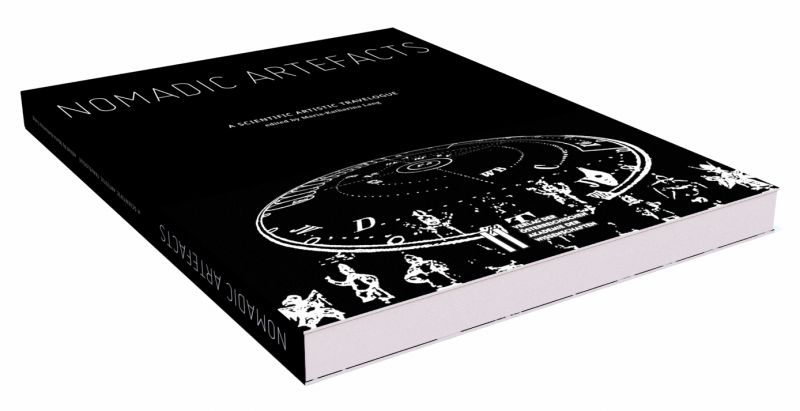
Lang, Maria-Katharina (ed.) 2016
Nomadic Artefacts
A scientific-artistic travelogue.
Hardcover, 28 x 24,5 cm, 184 pages
Austrian Academy of Sciences Press. Vienna
The title relates to the two main facets of this volume: first the examination of the trajectories of certain ethnographic objects and their provenance right up to their present depositories in museum collections, and secondly the development of ethnographic collections in Austria, specifically the Weltmuseum Wien, as well as the establishment and transformations of museums in Mongolia. The effects of the political repressions on scientists, museums and temples are documented. The loose contributions in the second half of the book under the heading “Travelogue” reflect the memory of the diverse sites and intersections of Mongolia in kaleidoscopic fragments. An essayistic photo-collage, narrations on objects, a poem by Jamtsyn Badraa and a ballad by Christoph Ransmayr written for this book and the eponymous exhibition illustrate the journey through the multilayered memories and imaginations.
With contributions by Maria-Katharina Lang, Barbara Plankensteiner, Baatarnarany Tsetsentsolmon, Georg Czernin, Charles Ramble, Jamtsyn Badraa and Christoph Ransmayr. An artistically produced volume with numerous illustrations. Graphic layout: Johannes Heuer.
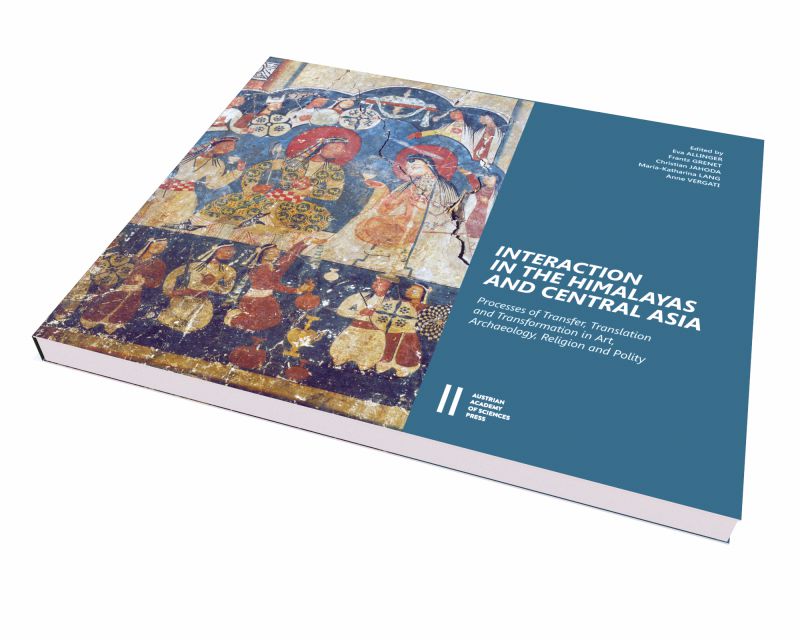
Eva Allinger – Frantz Grenet – Christian Jahoda – Maria-Katharina Lang – Anne Vergati (Eds.) 2017
Interaction in the Himalayas and Central Asia
Processes of Transfer, Translation and Transformation in Art, Archaeology, Religion and Polity.
Hardcover, 29,5 x 24,5cm, 423 pages
Austrian Academy of Sciences Press. Vienna
The proceedings of the Third International SEECHAC Colloquium, held in Vienna in 2013, are devoted to the topic “Interaction in the Himalayas and Central Asia”. Divided into three parts – I. Transfer and Interaction in Central Asia and Tibet; II. Translation and Adoption of Art and Architecture in the Western Himalayas; III. Patterns of Transformation in Tibet, Nepal, Mongolia and Central Asia – and preceded by an introduction by Christian Jahoda, past and current transformation processes of social, religious and material culture are addressed in 19 original contributions by experts from various fields of knowledge and disciplines including archaeology, architecture, art history and social anthropology as well as Central Asian, Mongolian and Tibetan Studies: Eva Allinger, Ágnes Birtalan, Isabelle Charleux, Quentin Devers, Marialaura Di Mattia, Lewis Doney, Lhagvasuren Erdenebold, Finbarr B. Flood, Hubert Feiglstorfer, Frantz Grenet, Amy Heller and Charlotte Eng, Christiane Kalantari, Maria-Katharina Lang, Marie Lecomte-Tilouine, Ciro Lo Muzio, Élise Luneau, Oscar Nalesini, David Pritzker and Tianshu Zhu.
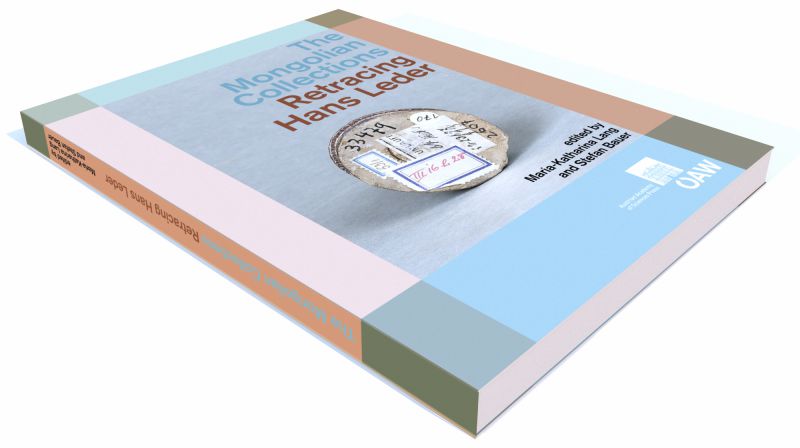
Lang, Maria-Katharina/Bauer, Stefan (eds.) 2013
The Mongolian Collections
Retracing Hans Leder
Paperback, 28 x 22,5 cm, 137 pages + 64 plates
Austrian Academy of Sciences Press. Vienna.
The title relates to the two main facets of this volume: first the examination of the trajectories of certain ethnographic objects and their provenance right up to their present depositories in museum collections, and secondly the development of ethnographic collections in Austria, specifically the Weltmuseum Wien, as well as the establishment and transformations of museums in Mongolia. The effects of the political repressions on scientists, museums and temples are documented. The loose contributions in the second half of the book under the heading “Travelogue” reflect the memory of the diverse sites and intersections of Mongolia in kaleidoscopic fragments. An essayistic photo-collage, narrations on objects, a poem by Jamtsyn Badraa and a ballad by Christoph Ransmayr written for this book and the eponymous exhibition illustrate the journey through the multilayered memories and imaginations.
With contributions by Maria-Katharina Lang, Barbara Plankensteiner, Baatarnarany Tsetsentsolmon, Georg Czernin, Charles Ramble, Jamtsyn Badraa and Christoph Ransmayr. An artistically produced volume with numerous illustrations. Graphic layout: Johannes Heuer.
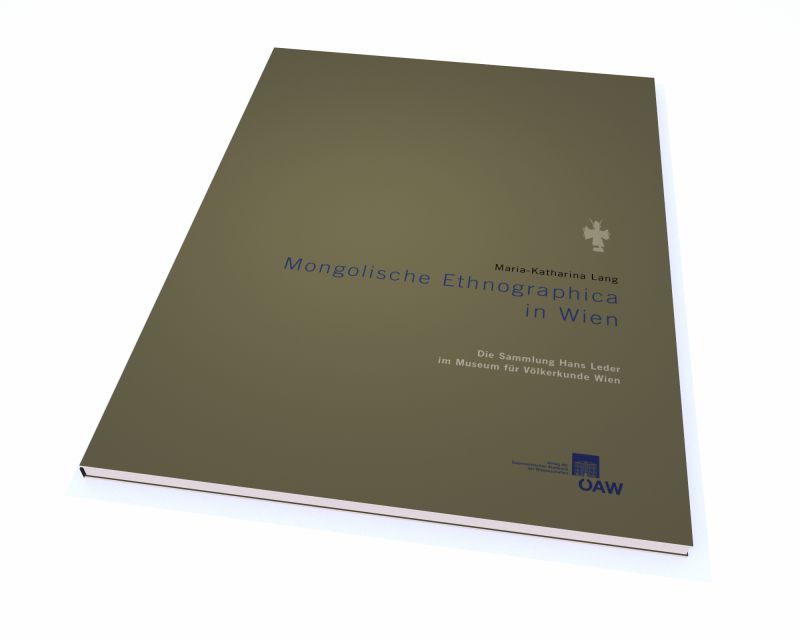
Lang, Maria-Katharina, 2010
Die Sammlung Hans Leder
Mongolische Ethnographica im Museum für Völkerkunde Wien.
Paperback, 30 x 21 cm, 68 pages
Austrian Academy of Sciences Press. Vienna.
The most extensive collection of Mongolian ethnographica in Europe goes back to the Austrian explorer Hans Leder (1848–1921). In 1892, his entomological studies led him from southern Siberia to Northern Mongolia. During further stays in Mongolia between 1892 and 1905, Leder collected and studied mainly Mongolian-Buddhist ritual items. A portion of his extensive collection is housed in the Museum of Ethnology Vienna, with further parts preserved in the major museums of ethnography in Germany, the Czech Republic and Hungary. This volume, based on a project report, releases previously unpublished archival data and depictions of museum artefacts, offers details about the collector’s biography and the intricate history of the collection, and discusses the artefacts’ iconography. The collection is unique as it represents a snapshot of everyday religious culture in Northern Mongolia at the turn of the 19th century. This part of Mongolian culture was increasingly repressed, and by the late 1930s it was nearly destroyed completely. The present publication also discusses the interaction with sacred artefacts and their meanings since the establishment of democracy in Mongolia in 1990.
COOPERATIONS
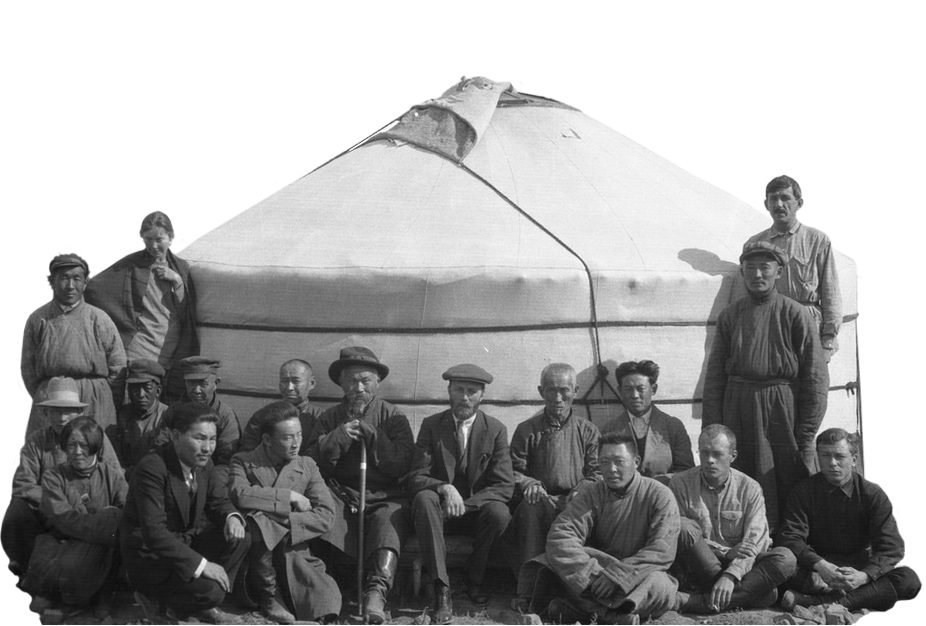
Main cooperation partners
Austrian Academy of Sciences, Institute for Social Anthropology
Weltmuseum Wien
Kunsthistorisches Museum Wien
National University of Mongolia
Mongolian University of Sciences and Technology
Kharkorum Museum, Kharkhorin
Bogd Khan Palace Museum, Ulaanbaatar
Museum für Völkerkunde, Hamburg
Völkerkundemuseum der J. & E. von Portheim-Stiftung, Heidelberg
Press

TEAM
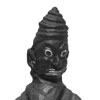
Maria-Katharina Lang
Project Director, Austrian Academy of Sciences, Institute for Social Anthropology
Maria-Katharina Lang is a researcher and project director at the Institute of Social Anthropology of the Austrian Academy of Sciences. She directed the project Mongolian Ethnographica from the Austrian Collector Hans Leder in European Museums (forMuse; 2010-2012). She is director and principal investigator of the project Nomadic Artefacts (2013-2017) and curator of the project exhibitions in Vienna, Hamburg and Ulaanbaatar. Her main research is in Mongolian studies, material culture, artistic research and the anthropology of art.
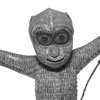
Tsetsentsolmon Baatarnaran
National University of Mongolia
Tsetsentsolmon Baatarnaran is a social anthropologist and doctoral researcher at the Department of Anthropology and Archaeology, National University of Mongolia. She received her master’s degree in ethnomusicology from the National Taiwan University of Arts in 2007. Her current research interests include nationalism, ethnicity, post-socialist cultural transformations and the anthropology of art.
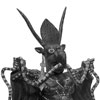
Georg Czernin
Text and artistic support
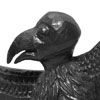
Johannes Heuer
Graphic Design
Johannes Heuer is an artist and graphic designer. He is co-director of vorAnker - Temporary Space for Artists.
www.voranker.org
www.johannesheuer.com
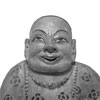
Erdenebold Lhagvasuren
Mongolian University of Science and Technology
Erdenebold Lhagvasuren is an archaeologist with recent and current excavation projects in Mongolia and China with a special interest in ethno-archaeology. He is professor at the Mongolian University of Technology.

Munkh-Erdene Lkhamsuren
National University of Mongolia
Munkh-Erdene Lkhamsuren is a Humboldt Research Fellow at Max Planck Institute for Social Anthropology and a professor of History and Anthropology at the National University of Mongolia. He held research fellowships at Stanford University, the Austrian Academy of Sciences, and the Institute for Advanced Study, Princeton. His main research is in nationalism and construction of collective identity, post-socialist transition.
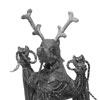
Lucia Mennel
Research
Lucia Mennel is a cultural anthropologist, ethnographer and poet. Her main research is in post-colonial studies, post-socialist cultural transformations, Cuban studies, and the anthropology of art and music. www.unartproduktion.at
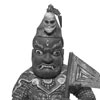
Christian Sturminger
Exhibition Design
Christian Sturminger is an exhibition designer. He has worked in the field of exhibition-making during the last 20 years and works for a great number of museums and cultural institutions in Austria and abroad. www.sturminger.net
with support of
Contact
NOMADIC ARTEFACTS PROJECT 2018
Imprint: Austrian Academy of Sciences Legal entity under the special protection of the Federal Republic of Austria (BGBl 569/1921 idF BGBl I 130/2003)
Dr. Ignaz Seipel-Platz 2, 1010 Vienna, Austria
All rights reserved All content is copyright-protected. The rights are held by Maria-Katharina Lang (nomadic artefacts project) or the respective authors. Image rights are held by Maria-Katharina Lang, the Weltmuseum Wien (WMW)/KHM (object photograph and photographs from the archive) and the Endangered Archives Project of the British Library (EPU 246/ Historic Photographs from the National Archive of Mongolia). Video-film rights are held by Maria-Katharina Lang (nomadic artefacts project)

